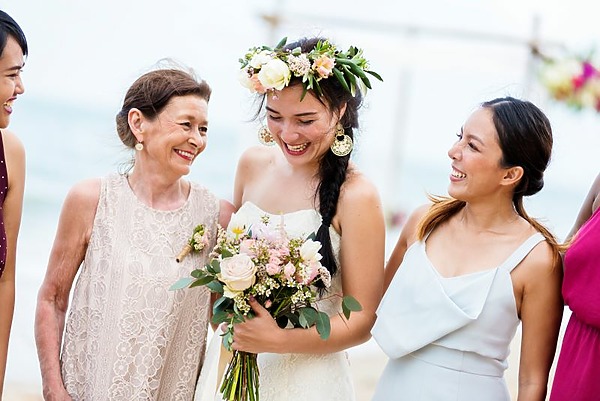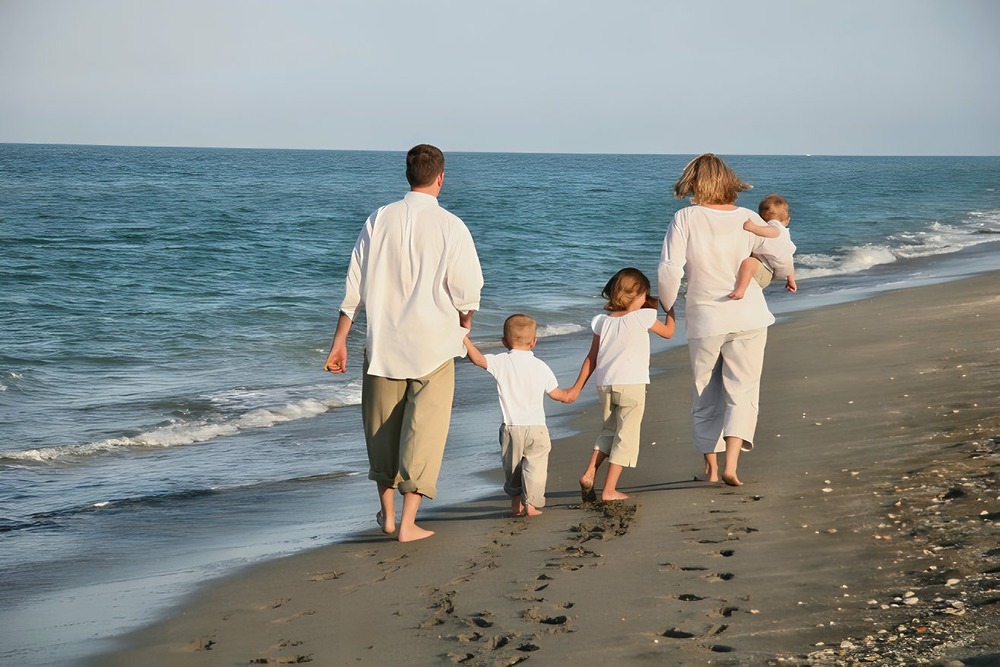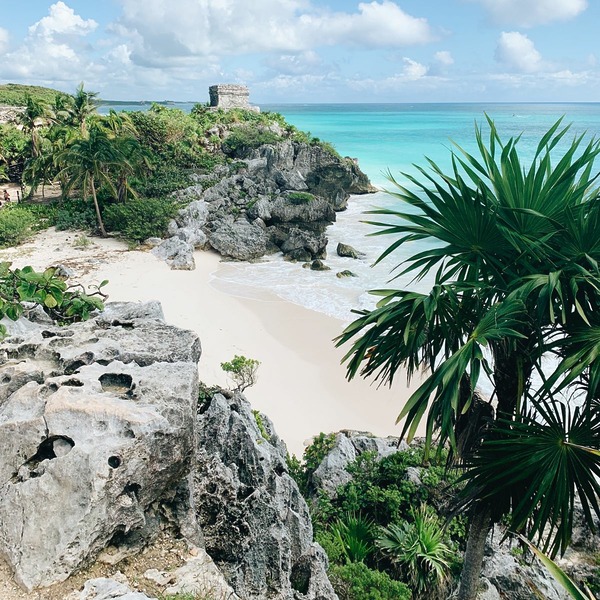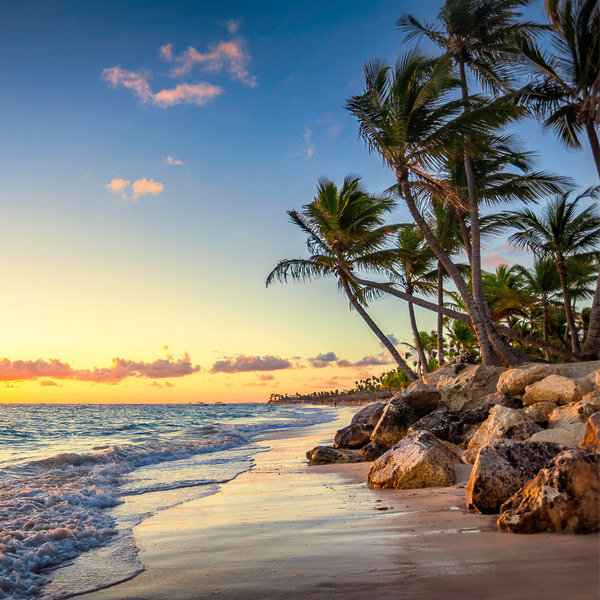Table of contents
- 1 How Many Guests Attend a Destination Wedding?
- 2 Guest Type Matters: Local vs Destination vs Out-of-Town
- 3 Factors That Impact RSVP & Attendance
- 4 How to Estimate Your Real Guest Count
- 5 When to Send Save-the-Dates and Invites
- 6 What If No One Comes?
- 7 Wedding Invitations: When and How
- 8 How Many People Are on the Wedding Guest List?
- 9 Finalizing the Wedding Guest List
- 10 Making the Most of Your Day
- 11 Final Guest Count Tips from Real Planners
- 12 FAQs
Destination weddings average 60–70% attendance. You’ll likely see fewer guests than at a local wedding. Guest type matters: close family say yes more often, coworkers and distant friends decline more. Budget, travel costs, and school breaks all affect RSVP rates. Send save-the-dates 9–12 months ahead and use a guest list calculator to plan smart. Expect a 5–10% drop-off between RSVP “yes” and actual attendance. Plan for quality over quantity.
Quick facts
- RSVP rates average 60–70% (Brides.com / Zola)
- Actual attendance is often 5–10% lower
- Local guests attend 80%+, distant only 30–50%
- Budget, school breaks, and distance shape turnout
- Use a guest list calculator and RSVP tracker
- Send save-the-dates 9–12 months before
How Many Guests Attend a Destination Wedding?
You can expect about 60–70% attendance on average. That’s lower than the 80–85% typical for local weddings. Zola data cited by Brides.com shows RSVP rates rising from 69% in 2019 to 75% in 2022. Still, RSVPs aren’t guarantees. About 5–10% of “yes” guests often cancel last minute due to travel issues.
Example: If you invite 100 guests, expect about 60–65 actual attendees.
Guest Type Matters: Local vs Destination vs Out-of-Town
| Guest Type | Average RSVP “Yes” | Actual Attendance |
|---|---|---|
| Local guests | 85%+ | 80% |
| Out-of-town guests | 55–65% | 45–55% |
| Destination-only guests | 35–50% | 30–45% |
Close relatives and lifelong friends often feel more obligated to attend. Coworkers or distant college friends are less likely to commit to long travel.
Factors That Impact RSVP & Attendance
Several factors influence who says yes:
- Save-the-date timing — 9–12 months ahead boosts turnout
- Flight and hotel costs — higher costs reduce attendance
- Time of year — school holidays raise travel costs and limit availability
- Work leave limits — some guests can’t get time off
- Childcare needs — can make travel hard for families
- Group booking deadlines — missed cutoffs can price out late RSVPs
How to Estimate Your Real Guest Count
Use a guest-by-guest method. List every invitee. Note their distance, relationship, and known constraints. Mark high-likelihood (close family, short flights), medium (friends, moderate travel), and low (coworkers, long flights). Count about 80% of high, 50% of medium, and 30% of low as likely to attend. Use a simple RSVP tracker or Google Sheet to update as responses come in.
When to Send Save-the-Dates and Invites
- Save-the-dates: 9–12 months before your wedding date
- Formal invites: 4 months before
- RSVP deadline: 2 months before
Early notice helps guests budget, get time off, and book group rates. It also protects you from hotel block cutoffs.
What If No One Comes?
It happens sometimes. Focus on the guests who can make it. Smaller weddings can feel more meaningful. You’ll spend more time with each guest. Photos and videos can help include absent friends later. Intimacy is just as special as scale.

Wedding Invitations: When and How
Organizing a wedding guest list and working on wedding invitations can increase your desire to elope and avoid dealing with any of it. But on the other hand, you want your friends and family and all your favorite people to join you in celebrating your love. For both traditional and destination weddings, wedding invitations play a key role.
It starts with a Save-the-Date, traditional or an eSave-the-Date. Save the Dates can be sent as soon as you’ve secured a date and venue – ideally four to six months ahead of time, and even more for destination weddings. Having time to plan travel arrangements and schedules for destination weddings increases the likelihood of guests responding with a “yes!”
When it comes to traditional weddings, the official invitations should be sent six to eight weeks before the big day, and responses should be due about a month later. This is also about a month before the event. This gives folks enough time to coordinate their schedules, outfits, gifts, hotels, and childcare if needed.
For destination weddings, the official invites should be sent out about four months ahead of time, with RSVPs due two months later. This gives couples about two months to finalize seating charts, catering orders, wedding favors and gifts, and other items that deal with the number of people. While you are waiting on the official responses, you can estimate what percentage of invited guests will attend your wedding.

How Many People Are on the Wedding Guest List?
The average wedding size in America is around 120 guests. That might seem like a lot of people, but once you start listing all the aunts, uncles, cousins, coworkers, college roommates, and friends, the list can fill up. For traditional weddings, around 60-75% of invited guests will attend the wedding. For destination weddings, the answer to “What percentage of invited guests attend a wedding?” drops to around 50-70%.
If you invite everyone you know, the percentage of “yes’s” may be less. If you’re particular about who is invited, you’re more likely to have a higher number of “yes” responses. The guest list can go a long way towards the average cost of a destination wedding. There can be very small, intimate weddings with only your closest friends, or celebrations with 100+ people.
What your dream wedding looks like is up to you. Generally speaking, destination weddings have a smaller average wedding size and include close friends and family. Your chosen venue can also limit the number of guests you can have.

While there is no guarantee regarding what percentage of invited guests attend a wedding, there are ways to estimate a number before you receive all your RSVPs. The most effective way? Sit down with your partner, go through the invite list line by line, and ask yourselves “What’s the likelihood this person will attend?” Taking into account your relationship with them, their work and job schedule, economic factors, and if they have children can help you make a good guess for their RSVP.
You can also ask your wedding coordinator what their experience is with the percentage of invited guests that attend a wedding in your chosen destination, during your chosen time of year. They’re the experts, and they have insights!
Finalizing the Wedding Guest List
Chasing down people to get their RSVP information is not something any bride or groom wants to do. Having an accurate guest count is important for planning purposes, but how can you ensure your invited guests actually respond? Giving adequate time to respond to a wedding invitation is important. Using technology to make RSVPs easier for your guests, and easier for you to keep track of can make a huge difference.
Sending eSave the Dates as far in advance as possible can have people marking their calendars. Having the ability to RSVP on your wedding website means guests don’t need to deal with sending items in the mail, plus you can easily check the guest list and details. Having a QR code to a digital RSVP option on the formal invite gives guests the ability to RSVP the moment they open the wedding invitation.
In keeping with the traditional mail-in RSVP cards, including a pre-addressed and stamped envelope with the invite can mean receiving your filled-out RSVPs quicker, and lead to less stress in tracking anyone down.
Once you have all your RSVPs, you can confirm hotel arrangements, catering, venue setup, seating charts, additional activities, welcome bags, and other guest gifts. Having your guests share their travel arrangements can also help you coordinate things like airport transfers.

Making the Most of Your Day
When it comes to destination weddings, think carefully about who you really want to share your day with, and who is actually likely to attend. Remember that no matter what percentage of invited guests attend your wedding, it’s still your day. Or your weekend. There is no need to feel bad about not inviting your mom’s cousin you met once when you were a child. Or for not inviting everyone in the office. Recognize that your friend with two kids under two might not be able to fly to Mexico.
Whether you want a very small destination wedding with only ten guests or a destination wedding with 75 friends and family members, Destify is ready to help create meaningful memories. Our experienced team can help you choose a venue that fits your guest list size, offer advice on wedding invitations and RSVPs, and take some of the stress out of destination wedding planning.
Final Guest Count Tips from Real Planners
- “Expect about 60–70% attendance. Anything higher is rare.” — Destify Planner
- “Track RSVPs in one spreadsheet. Add a ‘likelihood’ column early on.”
- “Book hotel blocks early. Missed group cutoffs reduce attendance fast.”
- “Don’t chase 100% turnout. Plan for joy, not headcount.”
FAQs
What percentage of guests attend a destination wedding?
Around 60–70% on average. It’s normal to see a 5–10% drop from RSVPs to actual arrivals.
Is it rude to not attend a destination wedding?
No. Travel costs, time off, and family duties are valid reasons. Guests should decline politely and early.
What’s the average RSVP rate for destination weddings?
Around 60–70% RSVP “yes” (Brides.com / Zola). Expect about 5–10% to drop off later.
Do destination weddings have fewer guests?
Yes. They average 30–60 guests, versus 100–150 at local weddings.
How do I estimate how many people will attend?
Rate each guest high, medium, or low likelihood. Estimate 80%, 50%, and 30% from those groups.
When should I send out destination wedding invites?
Send save-the-dates 9–12 months out. Send invites 4 months out. Set RSVP deadline 2 months before.
Should I expect fewer people to attend if it’s international?
Yes. Long flights, passports, and higher costs lower attendance. Expect 30–50% turnout.
Why do people decline destination wedding invitations?
Cost, time off, family duties, and health reasons are common. Offer understanding.
Is it okay to invite people I know won’t come?
Yes. Just don’t overbook venue capacity. Assume a lower acceptance rate.
How far in advance should I send save-the-dates?
Send them 9–12 months ahead. It improves turnout and reduces stress.
What’s a good number of guests for a destination wedding?
Most have 30–60 guests. Enough for energy, small enough for quality time.
How do costs affect attendance?
Higher travel and hotel costs lower attendance. Group rates help.
Will more guests come if I cover their hotel?
Yes, but it raises your budget. Consider partial subsidies or room-night credits.
Should I include RSVP options online and offline?
Yes. Offer digital (website/QR) and physical cards. It boosts response rates.
Do guests bring plus-ones to destination weddings?
Often yes. Make your policy clear on invites to budget accurately.
What if my RSVP numbers are lower than expected?
Reframe. Celebrate the guests who can attend. Smaller weddings are more relaxed.
How can I follow up with people who haven’t RSVP’d?
Send one reminder email. Then call or text politely. Close RSVPs by your deadline.
What percentage of RSVP “yes” actually attend?
About 90–95% of “yes” guests attend. 5–10% drop off due to travel issues.
Are virtual RSVPs more effective than mail?
Yes. Online RSVPs are faster and trackable. Offer both for the best results.
















